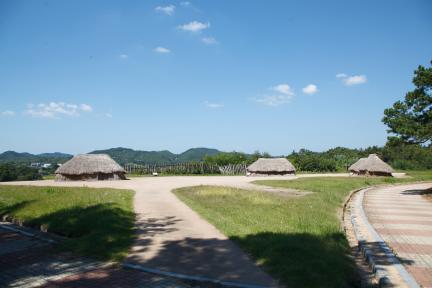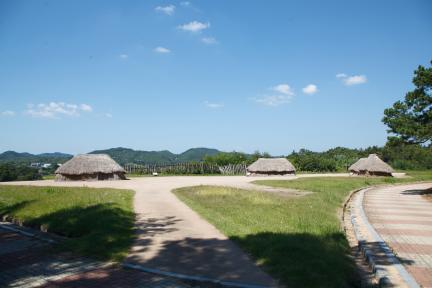국가유산 검색
사적
부여 송국리 유적 (扶餘 松菊里 遺蹟)Archaeological Site in Songguk-ri, Buyeo
| 분 류 | 유적건조물 / 주거생활 / 주거지 |
|---|---|
| 수량/면적 | 535,108㎡ |
| 지정(등록)일 | 1976.12.31 |
| 소 재 지 | 충남 부여군 초촌면 송국리 산24-1번지 |
| 시 대 | 선사시대 |
| 소유자(소유단체) | 부여군 등 |
| 관리자(관리단체) | 부여군 |


사적
부여 송국리 유적 (扶餘 松菊里 遺蹟)Archaeological Site in Songguk-ri, Buyeo
| 분 류 | 유적건조물 / 주거생활 / 주거지 |
|---|---|
| 수량/면적 | 535,108㎡ |
| 지정(등록)일 | 1976.12.31 |
| 소 재 지 | 충남 부여군 초촌면 송국리 산24-1번지 |
| 시 대 | 선사시대 |
| 소유자(소유단체) | 부여군 등 |
| 관리자(관리단체) | 부여군 |

ⓒ 2000. KOREA HERITAGE SERVICE. ALL RIGHTS RESERVED.



 국가유산
국가유산


